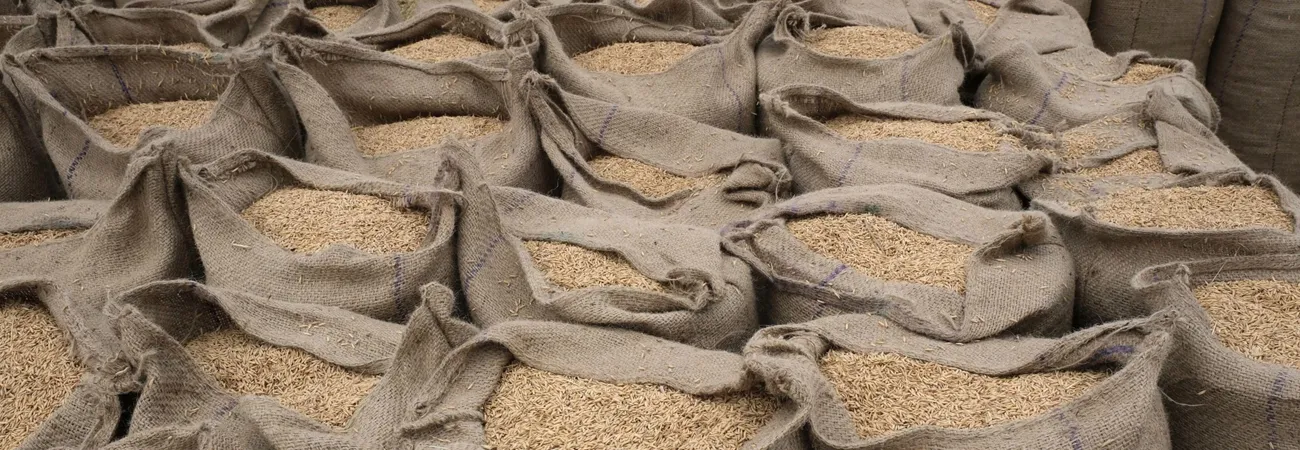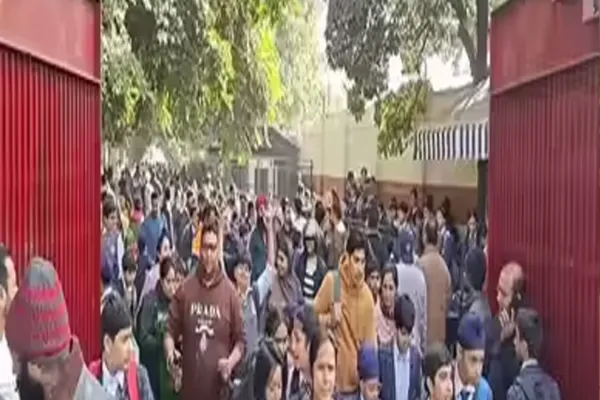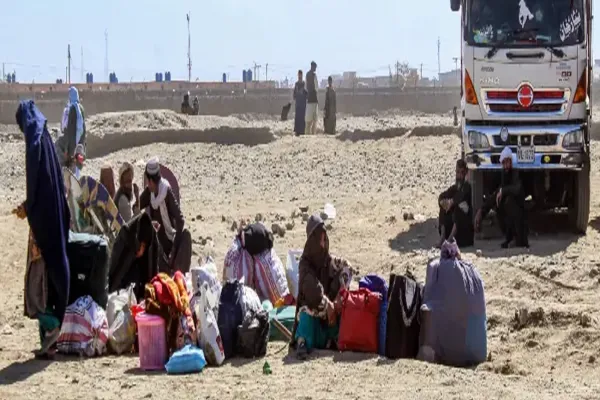i NEWS INTERNATIONAL
India’s rice export ban has the world market bracing for similar actions by rival suppliers to avoid potential domestic shortages as sellers try to fill the 10 million metric ton gap left by New Delhi, stoking concerns over already high global food inflation. India’s latest restrictions are almost identical to those it imposed in 2007 and 2008, analysts say, which triggered a domino effect as many other countries were forced to curb exports to safeguard local consumers. This time around the impact on supplies and prices could be even more sweeping, as India now accounts for more than 40% of global rice trade compared with around a 22% share 15 years ago, ratcheting up pressure on rice exporting nations such as Thailand and Vietnam to follow suit.
“India is now much more important for rice trade than it was in 2007 and 2008. The Indian ban back then forced other exporters to implement similar restrictions in a domino effect. Even this time, they have few options but to react to market forces,” a New-Delhi based grains dealer with a global trade house said on condition of anonymity. The impact on prices of the world’s most consumed staple has been swift, hitting 15-year highs, after India surprised buyers last month by imposing a ban on widely consumed non-basmati white rice sales to dampen price rises. New Delhi had already restricted lower quality broken rice supplies in 2022. Limited supplies risk a further spike in the price of rice, and global food inflation, hitting impoverished consumers in Asia and Africa, analysts and traders said. Food importers are already grappling with tight supplies caused by erratic weather and disruptions in Black Sea shipments
“Thailand, Vietnam, and other exporting countries are poised to step up their game, all in a bid to bridge the gap stemming from India’s shortfall,” said Nitin Gupta, senior vice president of Olam Agri India, one of the world’s top rice exporters. “However, there exists a constraint in their surplus capacity for exports. This constraint could set the stage for a surge in prices at other origins, reminiscent of the notable price rally we witnessed in 2007/08.” In 2008, rice prices reached a record high above $1,000 per ton after India, Vietnam, Bangladesh, Egypt, Brazil and other small producers restricted exports.
This time, rice exporters will be unable to increase exports by more than 3 million metric tonnes a year as they try to fulfil local demand amid limited surplus, three dealers with global trade houses told Reuters. Thailand, Vietnam and Pakistan, the world’s second, third and fourth biggest exporters, respectively, have said they are keen to boost sales since demand for their crops has been rising after India’s ban.
Both Thailand and Vietnam emphasised that they will ensure their domestic consumers are not hurt by rising exports. “It’s unacceptable for a rice-exporting country to face tight supplies and high domestic prices,” Vietnam Minister of Industry and Trade Nguyen Hong Dien said last week. Pakistan, recovering from last year’s devastating floods, could export 4.5 million to 5.0 million tons from the current year’s 3.6 million tons, according to an official with the Rice Exporters Association of Pakistan (REAP).
Credit: Independent News Pakistan (INP)









